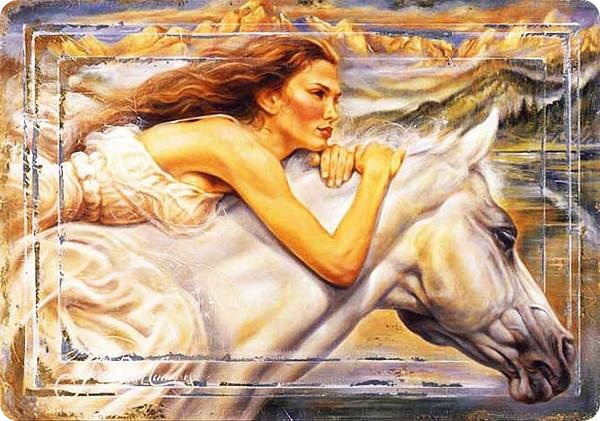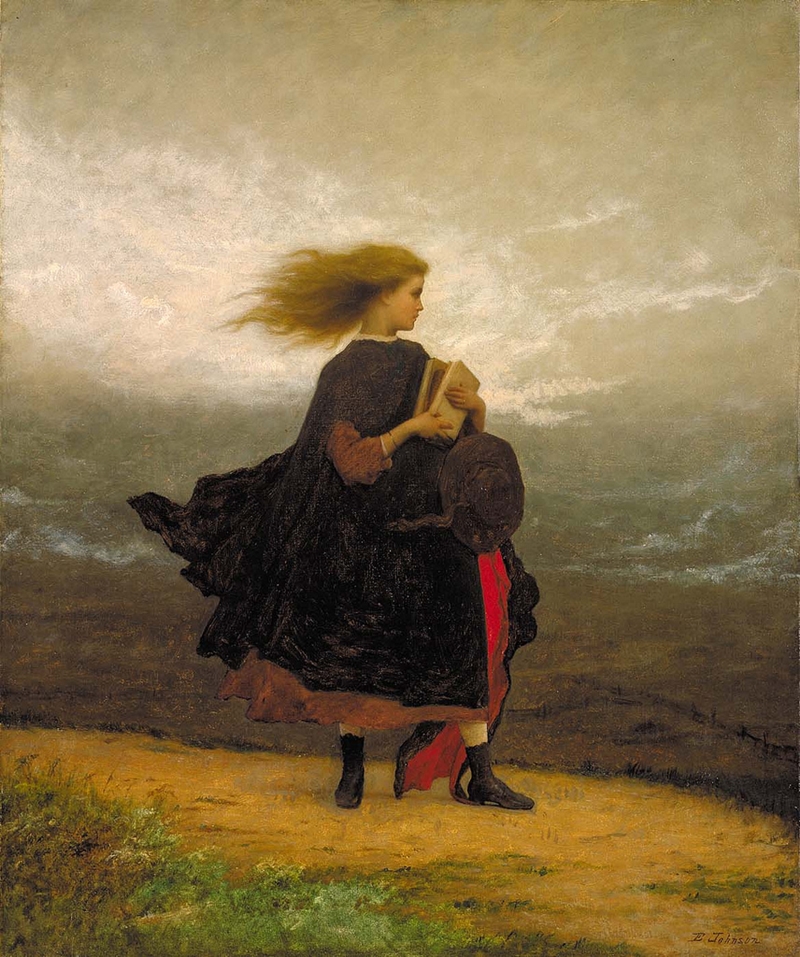David is one of the four sculptures executed by the young Gian Lorenzo Bernini (1598-1680) for Cardinal Scipione Borghese.
The artist worked on the statuary groups for the Villa on the Pincio for seven crucial years during which his brilliance, freedom, narrative bent, and delight in amazement blossomed and then developed in all their power.
The work had been commissioned from Bernini by Cardinal Montalto for his villa in 1623.
The cardinal’s untimely death blocked the commission, but Scipione Borghese decided to take it over.
Bernini interrupted his work on the Apollo and Daphne, dedicating himself to this new sculpture, which - according to Baldinucci, one of the artist’s first biographers - he finished in only seven months of work.
Gian Lorenzo Bernini | David, 1623-1624 | Galleria Borghese


.jpg)
.jpg)



.jpg)
